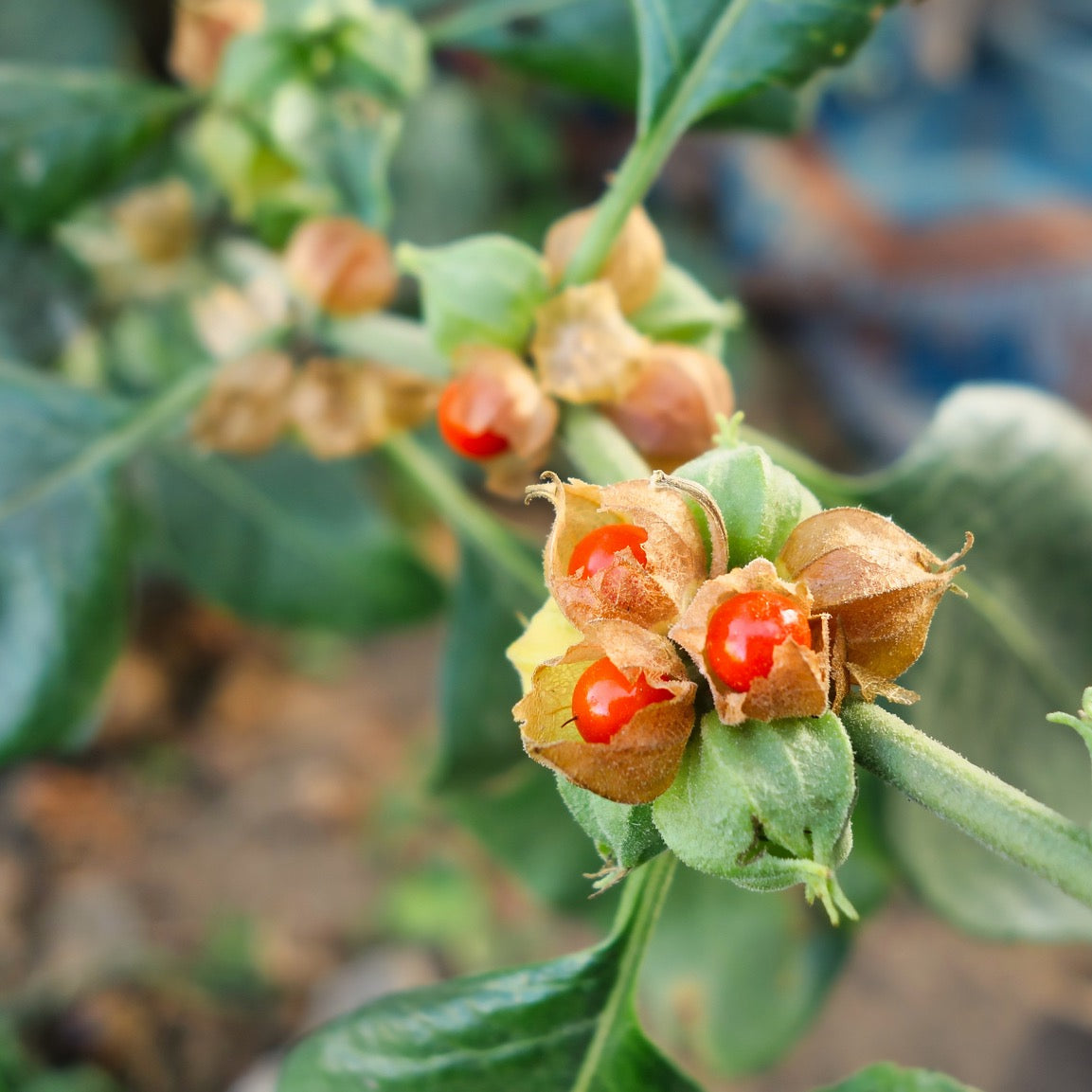<p> <span data-mce-fragment="1">SEEDS (30pcs/bag)</span><br data-mce-fragment="1"> <br data-mce-fragment="1"><strong data-mce-fragment="1">Common Names</strong> <span data-mce-fragment="1">: Green Shiso, Leaf Mint, Chinese Mint, Veripeippi, Sesame Sauvage, Schwarznessel, Wilder Sesam, Beefsteak Plant, Shiso Zoku, Bai Su Zi</span><br data-mce-fragment="1"> <strong data-mce-fragment="1">Scientific name</strong> <span data-mce-fragment="1">: <em>Perilla frutescens</em></span><br data-mce-fragment="1"> <strong data-mce-fragment="1">Family</strong> <span data-mce-fragment="1">: Lamiaceae</span><br data-mce-fragment="1"><br data-mce-fragment="1"> <strong data-mce-fragment="1">Plant history & use</strong> <span data-mce-fragment="1">:</span><br data-mce-fragment="1"></p>
<p> Shiso, or Spearmint as the herb is called in Swedish, originates from the Far East: Korea, Japan, China, etc. Its natural habitat is from the Himalayas to eastern Asia where it often grows wild in moist, open woodland.</p>
<p class="p1"> <span class="s1">Both seeds, leaves and young shoots/plants are used as a spice. The taste may be considered unfamiliar to Western palates at first, some people detect cinnamon, others coriander or citrus.</span></p>
<p class="p1"><span class="s1">Shoots or young plants are added to salads, while older leaves are often used as a garnish or seasoning. However, the uses of Shiso are wide-ranging.</span></p>
<p class="p1"> <span class="s1">Larger leaves can be used to wrap <i>bulgogi</i> , a Korean beef dish. Leaves from purple-colored Shiso varieties are used in Japan to color and flavor pickles: e.g. ginger and plum. Older leaves can also be salted and used to flavor tofu and as a garnish for <i>tempura</i> . Since the leaves have a "curry-like" flavor, they are an ingredient in many soups and stews. It is also common to make dishes with steamed Shiso leaves, e.g. <em>Perilla Leaf Kimchi</em> . The leaves can also be dried for later use.</span></p>
<p class="p1"><span class="s1">Unopened flower buds are used as a garnish for soups and other dishes, eaten fresh in salads, pickled (like <span style="color: #4e991d;"><a href="https://tradgardsdags.nu/products/kapris-capparis-spinosa" title="Caper seeds (Capparis spinosa)" style="color: #4e991d;" rel="noopener" target="_blank"><span class="s2"><b>capers</b></span></a></span> ) or stir-fried with other vegetables</span> <span class="s1">.</span></p>
<p class="p1"><span class="s1">The seeds can be sprinkled over salads and dishes. They are one of the ingredients in the well-known spice mixtures 'Shichimi' and 'Seven Spice'. Energy bars are also made with Shiso seeds. It is the seeds from the <span style="color: #4e991d;"><a rel="noopener" style="color: #4e991d;" title="Seeds for Red Shiso / Spearmint (Perilla frutescens var. crispa)" href="https://tradgardsdags.nu/products/rod-shiso-bladmynta-perilla-frutescens" target="_blank"><strong>red-colored Shiso varieties</strong></a></span> that are preferred for culinary use.</span></p>
<p class="p1"><span class="s1">U</span><span class="s1"></span> From the seeds, you can also extract so-called <em>perilla oil</em> , which is used in industrial contexts - for example, in perfumery and dental care products, as well as in the paper and paint industries. <span class="s1">However, the oil is also used for culinary purposes as a flavoring for sweets and various sauces. From the seeds, you can also extract an oil that is effectively used to treat wood, similar to linseed oil.</span></p>
<p class="p1"> <span class="s1">The seeds contain approximately 21.5% protein, 43.4% fat, 11.3% carbohydrate, 4.4% minerals of various kinds. The seeds of Shison are also rich in linolenic acid (ALA).</span></p>
<p>Shiso is a valued medicinal plant in oriental medicine, where it is described as <span data-mce-fragment="1">a pungent, aromatic and warming herb.</span> Both <span data-mce-fragment="1">the leaves, stems and seeds are used</span> . The leaves are used in the treatment of colds, respiratory infections, vomiting, abdominal pain, etc. (Yeung. Him-Che.). The seeds are antiasthmatic, cough suppressant, emollient and expectorant. The juice from the leaves is applied to cuts and wounds (Manandhar. NP). Extracts from the plant are used internally in the treatment of asthma, colds and chills, nausea, abdominal pain, food poisoning and allergic reactions (especially those from shellfish), bronchitis and constipation (Duke. JA and Ayensu. ES). The stems are a traditional Chinese remedy for morning sickness (Bown. D.).</p>
<p>Extracts of the herb have recently begun to be used in the Western world, against certain allergies and as an alternative to antibiotics and cortisone. In the last 20 years or so, there has been interest in the herb's effect on asthma (Almark L. & Flising L. - Swedish Herbal Society).</p>
<p> <strong data-mce-fragment="1">Cultivation</strong> <span data-mce-fragment="1">:</span></p>
<p> Does best in a light, moisture-retaining soil in a sunny location. Shison is not frost-resistant so it needs to be overwintered frost-free if you want to grow it as a perennial. Otherwise, it is suitable for growing as an annual due to its high growth rate.</p>
<p> Easy to grow, like most other plants in the Lamiaceae family: <span style="color: #4e991d;"><a style="color: #4e991d;" href="https://tradgardsdags.nu/search?q=Lamiaceae" title="Search results for Lamiaceae - Garden day" rel="noopener" target="_blank"><strong>Greek Mountain Tea, Holy Basil, Tree Basil, Thai Basil, Lemon Basil</strong></a></span> .</p>
<p><a href="https://tradgardsdags.nu/pages/vaxtzoner-svenska-usda-europa" title="Growing zones - Swedish zones & USDA zones in Sweden and the rest of the world" rel="noopener" target="_blank"><strong><span style="color: #4e991d;">USDA zone</span></strong></a> is stated to be 7-10. The approximate translation from USDA zone 7-8 to our Swedish system is growing zone 1-2. However, since the systems are not measured in the same way, they are not directly translatable. Experiments can be done at your own risk, there is a chance that the roots of the plants can overwinter in the mildest parts of the country, even if the above-ground part freezes during the winter.</p>
<p> <strong data-mce-fragment="1">Sowing</strong> <span data-mce-fragment="1">:</span><br></p>
<p> Pre-cultivate indoors, or sow outdoors in late spring when the soil is warm. The seeds are light-germinating - therefore cover the seeds with an extremely thin layer of soil or do not cover at all. Keep the seeds moist.<meta charset="utf-8"> One way to maintain good humidity is to cover the seed with plastic with air holes.</p>
<p><span data-mce-fragment="1">Optimal germination temperature is 18-25 °C.</span></p>
<p> <strong data-mce-fragment="1">Features</strong> <span data-mce-fragment="1">:</span><br data-mce-fragment="1"><br data-mce-fragment="1"> <span data-mce-fragment="1">Annuality: Perennial in warmer climates, otherwise annual</span><br data-mce-fragment="1"> <span data-mce-fragment="1">Growing position: sun</span><br data-mce-fragment="1"> <span data-mce-fragment="1">Height: 60-100 cm</span><br data-mce-fragment="1"> <span data-mce-fragment="1">Germination time: 5-15 days<br> <a data-mce-fragment="1" rel="noopener" title="Growing zones - Swedish zones & USDA zones in Sweden and the rest of the world" href="https://tradgardsdags.nu/pages/vaxtzoner-svenska-usda-europa" target="_blank"><strong data-mce-fragment="1"><span data-mce-fragment="1" style="color: #4e991d;">USDA zone</span></strong></a> : 7-10<br></span><span data-mce-fragment="1"></span></p>

















































